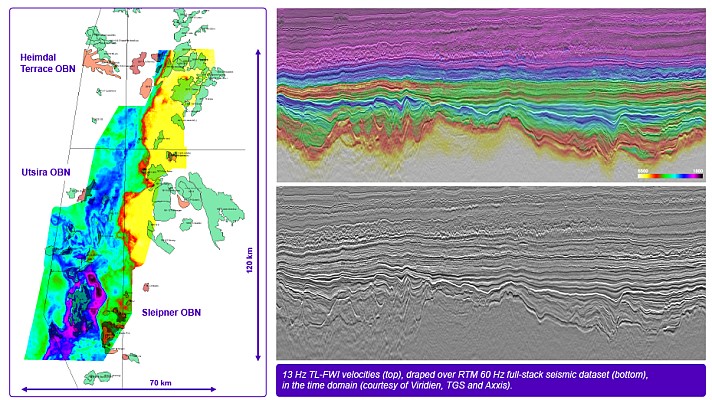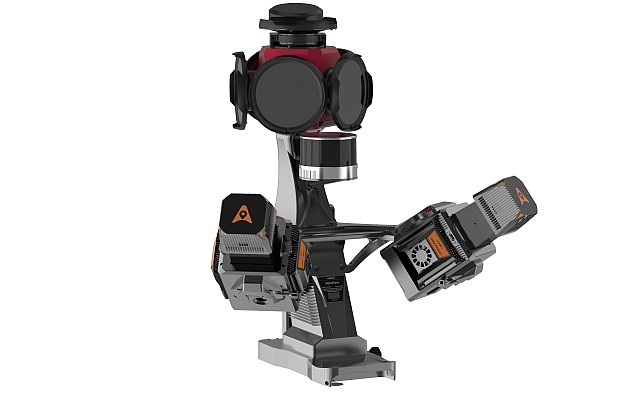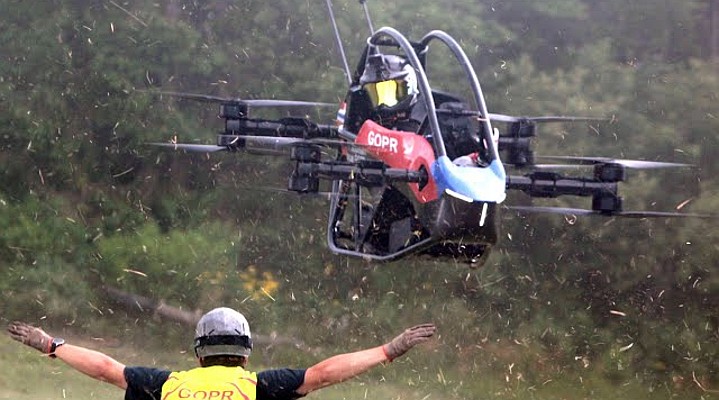For many land professionals the year 2014 has a very special meaning – it is the year of “Cadastre 2014”. The FIG Vision “Cadastre 2014” is without any doubts FIGs most important milestone from the past decades. This vision on the future of land administration received global attention from politicians, decision makers, managers, scientists, NGOs and many professional bodies and related professionals. The booklet with the Vision “Cadastre 2014” has been translated in almost thirty languages and is a famous and most welcome reference in many environments.
A Working group of FIGs Commission 7, ‘Cadastre and Land Management’ started this vision development in 1994. The group had the mandate to: “… study cadastral reform and procedures as applied in developed countries, take in consideration the automation of the cadastre and its role as part of a larger land information system, evaluate trends in this field and produce a vision of where cadastral systems will be in the next twenty years, show the means with which these changes will be achieved and describe the technology to be used in implementing these changes.”
The authors of Cadastre 2014, Jürg Kaufmann and Daniel Steudler from Switzerland state in their publication from 1998 that ‘Cadastre 2014’, will be a complete documentation of public and private rights and restrictions for land owners and land users. It is further stated that ‘Cadastre 2014’ will be embedded in a broader LIS, fully co-ordinated and automated, without separation of land registration and cadastral mapping. Kaufmann and Steudler define Cadastre 2014 as a methodically arranged public inventory of data concerning all legal land objects in a certain country or district, based on a survey of their boundaries. Such legal land objects are systematically identified by means of some separate designation. They are defined either by private or by public law. The outlines of the property, the identifier together with descriptive data, may show for each separate land object the nature, size, value and legal rights or restrictions associated with the land object.
What has been achieved until today? What can be further expected in relation to “Cadastre 2014”. The authors behind the original publication from 1994 have edited a new FIG publication no. 61, “Cadaster 2014 and beyond” in which they follow up on the development until 2014. Most of their predictions were quite accurate. This evaluation was furthermore subject of discussion during the FIG XXV International Congress in Kuala Lumpur, Malaysia, held from 16 till 21 June 2014, based on the High level special sessions “Cadastre 2014 – From Vision To Practice and Beyond”.
Link to the FIG publication 61 “Cadaster 2014 and beyond”.
Link to the original publication in several languages.






